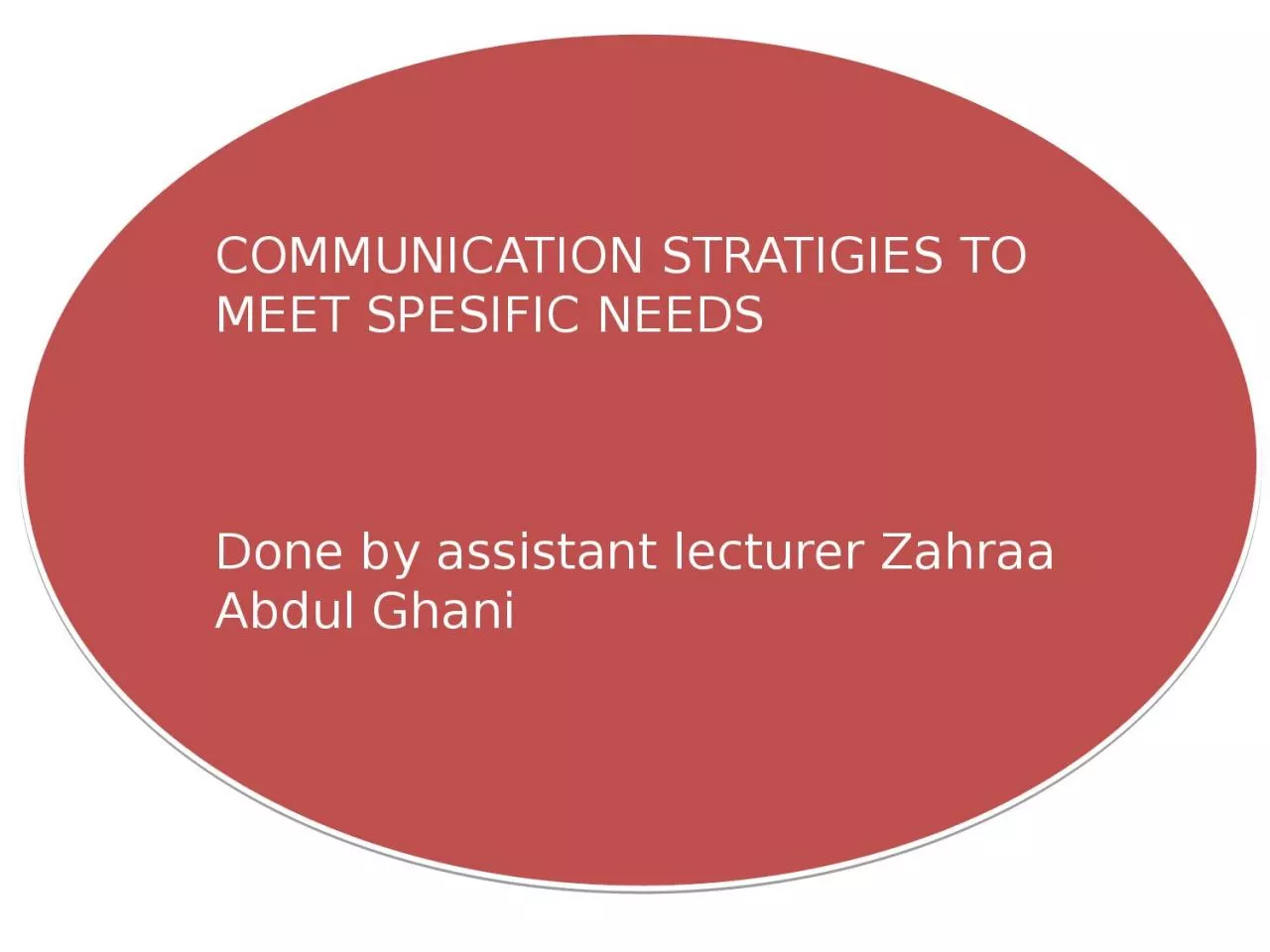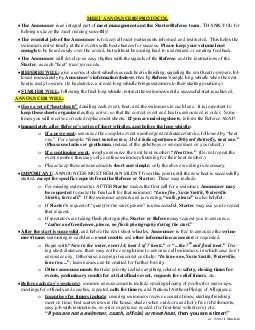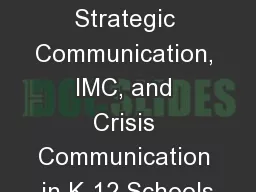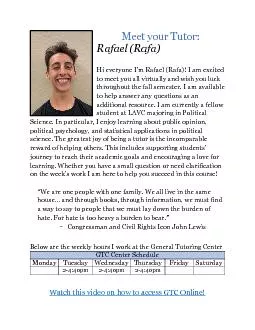PPT-COMMUNICATION STRATIGIES TO MEET SPESIFIC
Author : freya | Published Date : 2022-06-18
NEEDS Done by assistant lecturer Zahraa Abdul Ghani COMMUNICATION STRATIGIES TO MEET SPESIFIC NEEDS Overview Some situations require special and unique strategies
Presentation Embed Code
Download Presentation
Download Presentation The PPT/PDF document "COMMUNICATION STRATIGIES TO MEET SPESIFI..." is the property of its rightful owner. Permission is granted to download and print the materials on this website for personal, non-commercial use only, and to display it on your personal computer provided you do not modify the materials and that you retain all copyright notices contained in the materials. By downloading content from our website, you accept the terms of this agreement.
COMMUNICATION STRATIGIES TO MEET SPESIFIC: Transcript
Download Rules Of Document
"COMMUNICATION STRATIGIES TO MEET SPESIFIC"The content belongs to its owner. You may download and print it for personal use, without modification, and keep all copyright notices. By downloading, you agree to these terms.
Related Documents














